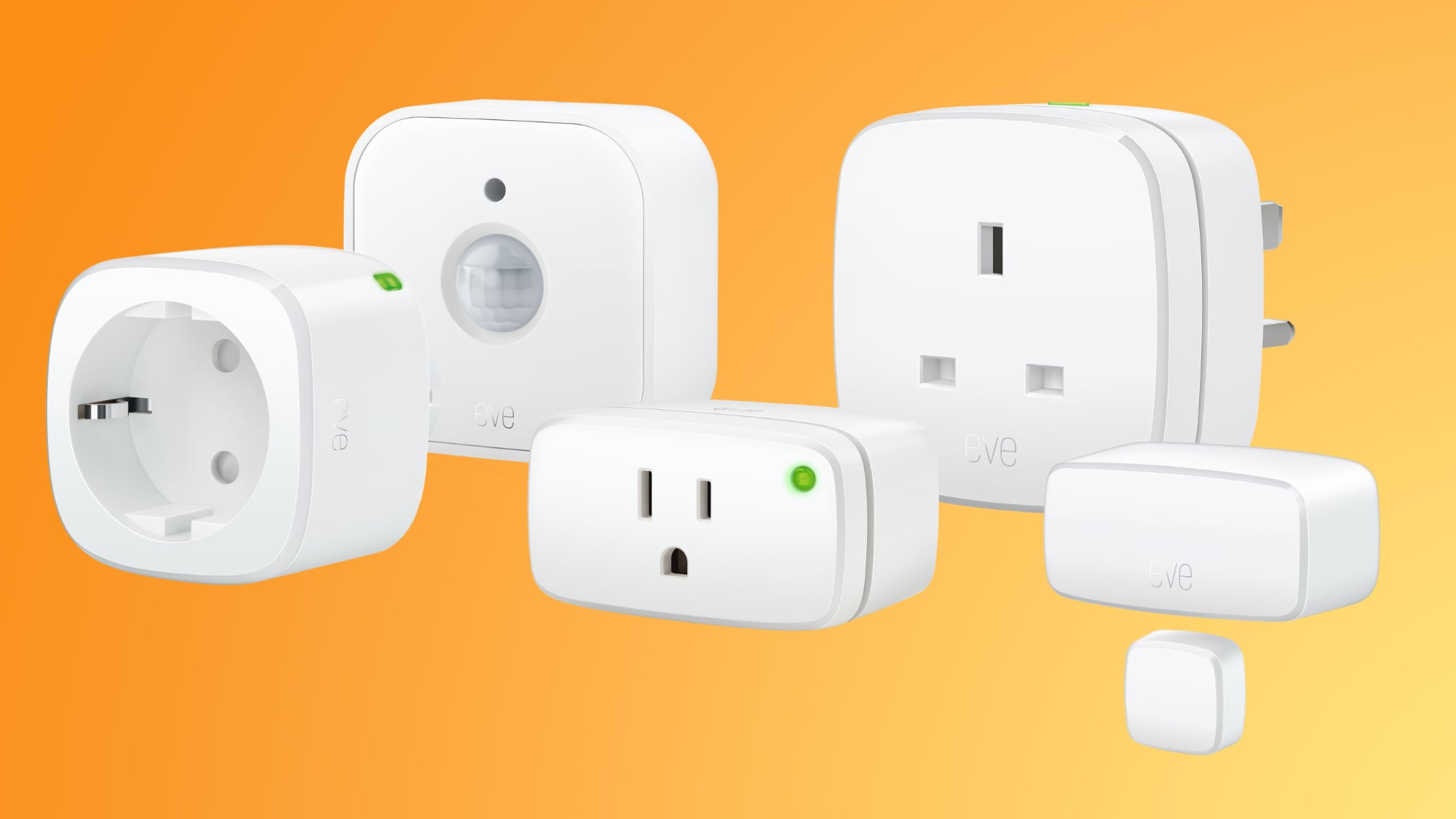Matter is a set of IP-based rules for devices to find and talk to one another securely within the home. It supports doing this over Wifi and Thread wireless networking protocols. If the devices aren't both Wifi or both Thread, they need another device between them to bridge the two networks.I think I might have misunderstood the whole Matter concept. Surely, the whole purpose of a unified eco-system, with a unified protocol, is that anything that implements Matter can talk to anything else that implements Matter, right? Am I being too naive? Too simple minded here? So we have a HomePod that can allegedly talk Matter. And we have, say, a smart-switch that can talk Matter. But we still need another interposing hub in between the two?
Thread has several classes of devices - if you are plugged into power you might be always-on, while if you are powered by a button cell you may only wake up periodically to check for pending commands or to report your current status. There has to be something to deal with that intermittent connectivity.
Also, if your device is always-on it may volunteer to do routing. These devices (e.g. a HomePod or Apple TV) extend the thread network - but that means the devices on the fringes of your home may have to talk through one or more routers to get to their destination.
Finally, non-Matter protocols (like Zigbee) can be translated and exposed as Matter devices. Yet another potential for an intermediary.
On top of that network topology though, everything has an address and communication is expected to be directly to the other device, without needing to be delegated by some service running in the home or on the internet. The button directs a command to the light bulb, although it may need to go through intermediary parties to get there.



